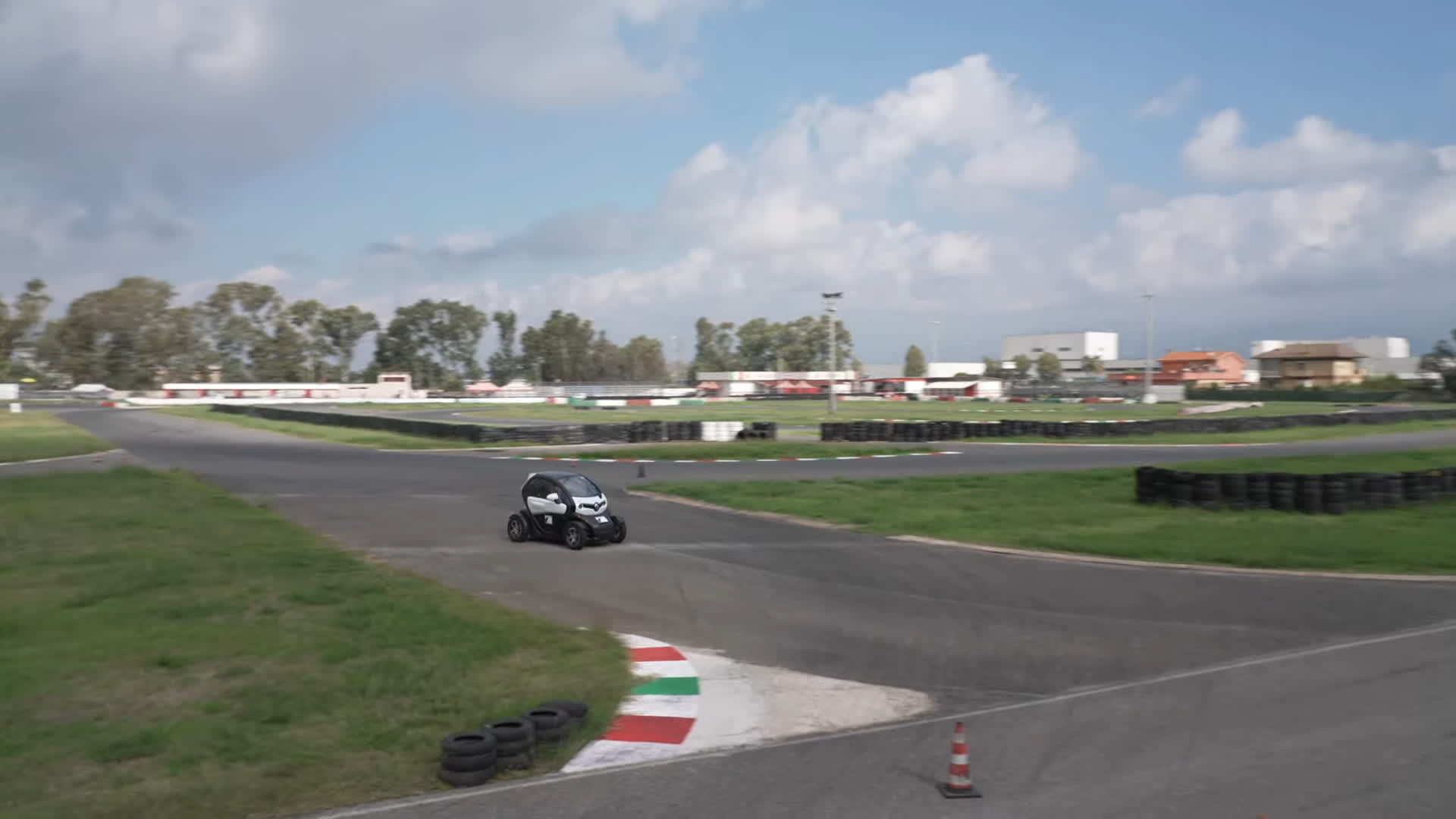Serving tech enthusiasts for over 25 years.
TechSpot means tech analysis and advice you can trust.
In context: As the world grapples with the challenges of climate change and the need for sustainable energy sources, the potential of E-Cat technology is tantalizing. But the scientific community needs to be convinced and until it is the E-Cat may be fated to join the long list of "too good to be true" energy solutions.
On September 27, 2024, two identical Renault Twizy 80 electric vehicles faced off in a test at the Circuito Internazionale di Latina racetrack in Italy. This was not merely a race between two cars but also a technology demonstration that could have significant implications for the future of sustainable energy production.
One car was unmodified, while the other was equipped with an E-Cat power generation system developed by Leonardo Corporation. The purpose was to showcase the E-Cat's ability to charge an electric vehicle's battery while driving continuously.
The cars began their journey around a 600-meter circuit at 10:45 am. The unmodified Twizy started with a 96 percent battery charge, while the E-Cat-equipped vehicle began at 62.18 percent. After 2 hours and 20 minutes, the standard EV depleted its battery and stopped, having covered 73 km.
Meanwhile, the E-Cat-powered car continued running until 5:07 pm, completing 201 km.

Even more remarkable was the final battery reading. The modified car's charge increased to 83 percent, a 33 percent boost from its starting point. Taken at face value, the demonstration suggests that E-Cat technology could potentially solve the limited range issue that has long plagued electric vehicles.
The E-Cat system uses a component called the SKL NGU Power Cell. According to Leonardo Corporation, this cell harnesses electricity from the vacuum energy of the Zero-point energy field. Each 60 mm diameter NGU Power Cell can reportedly generate 10W of DC electricity continuously for over a decade without fuel or external connections.
Independent expert Maico Marzocchi, an electronic engineering specialist, verified the test results. Marzocchi had previously installed the E-Cat system in his own Renault Twizy.
"We have demonstrated that we can generate enough electricity directly from an E-Cat assembly not only to maintain a charge in a battery but also to increase it over time," said Andrea Rossi, CEO of Leonardo Corporation.
The technology behind the E-Cat system is based on Low Energy Nuclear Reactions (LENR), sometimes referred to as "cold fusion."
While controversial, LENR has long been considered a potential holy grail of sustainable energy production. The E-Cat purportedly works by subjecting a small amount of nickel to a catalyst in a pressurized hydrogen atmosphere, triggering reactions that release enormous energy.
Leonardo Corporation claims that the energy density of this process is 100,000 times greater than burning fossil fuels.
The E-Cat system's potential applications extend far beyond electric vehicles. The company suggests it could be used for home heating, industrial processes, desalination, and even space travel. The technology promises to be environmentally friendly, producing no carbon dioxide emissions or radioactive waste.
Currently, Leonardo Corporation is offering pre-orders for 10W and 100W E-Cat electricity generator cells. Once the company reaches pre-orders equivalent to 1 million 100W units, it plans to begin mass production.
While the demonstration results are promising, it's important to note that the technology remains unverified by mainstream scientific institutions. The claims made by Leonardo Corporation are extraordinary and would represent a fundamental shift in our understanding of physics if proven true.
And skepticism remains high in the scientific community. For instance, after reviewing a demonstration video of the technology in 2019, industrial energy recycling expert Tom Casten noted that "The E-Cat demonstration makes giant claims of scientific breakthroughs with no validation".
That same year, Australian physicist and aerospace engineer Ian Bryce noted that, in the video demonstration, the "inputs, outputs, and measurement points are not defined, making the results largely meaningless", that the nuclear reaction purportedly occurring within the E-Cat SK would "release much deadly radiation. Yet the meters show zero ionizing radiation and no neutrons. Fortunate for the bystanders!"
Clearly, further independent testing and peer-reviewed research will be necessary to validate the E-Cat's capabilities.